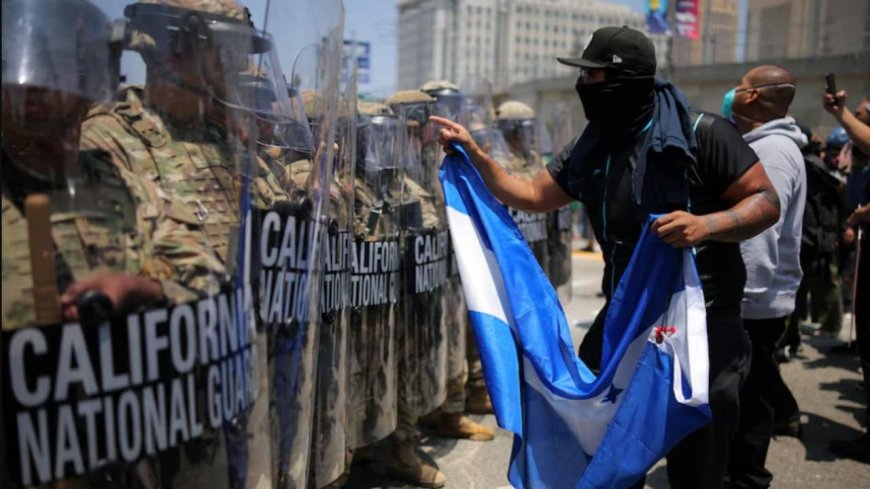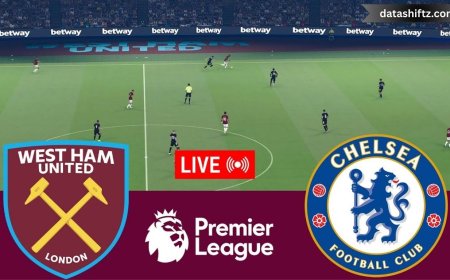California Los Angeles Protests: June 10, 2025 – A City in Turmoil

Background and Causes
The ongoing protests in Los Angeles, which began on June 6, 2025, have escalated into a significant civil unrest situation. Triggered by a series of Immigration and Customs Enforcement (ICE) raids across the city, these demonstrations have drawn thousands of residents into the streets. The raids, targeting locations such as the Fashion District, Home Depot parking lots, and a doughnut shop, resulted in over 100 arrests and sparked immediate backlash from the community. Protesters have expressed outrage over what they perceive as aggressive immigration enforcement tactics and the impact on immigrant families.
Escalation and Federal Response
In response to the growing unrest, President Donald Trump authorized the deployment of 2,000 California National Guard troops to Los Angeles on June 7. This move marked the first time since the 1965 Selma to Montgomery marches that a president deployed National Guard forces without the approval of the state's governor. Governor Gavin Newsom condemned the federal intervention, labeling it as "deranged" and "dictatorial." He announced plans to sue the federal government, arguing that the deployment violated California's sovereignty .
The situation further intensified on June 9 when the Pentagon activated 700 Marines to support the National Guard in maintaining order. This unprecedented military presence has drawn criticism from various quarters, with opponents arguing that it exacerbates tensions and undermines civil liberties .
On-the-Ground Developments
As of June 10, protests continue to disrupt daily life in Los Angeles. Demonstrators have blocked major thoroughfares, including the 101 Freeway, and gathered outside federal buildings to voice their dissent. While some protests have remained peaceful, others have escalated into confrontations with law enforcement, leading to injuries and arrests.
Timeline of Key Events
| Date | Event |
|---|---|
| June 6 | ICE raids conducted across Los Angeles, leading to over 100 arrests. |
| June 7 | President Trump deploys 2,000 National Guard troops to Los Angeles. |
| June 8 | Pentagon activates 700 Marines to assist in maintaining order. |
| June 9 | Protests intensify; clashes between demonstrators and law enforcement reported. |
| June 10 | Ongoing demonstrations continue to disrupt city life; political leaders react. |
Stakeholders Involved
-
Protesters: Immigrant rights activists, local residents, and community organizations.
-
Law Enforcement: Los Angeles Police Department, California Highway Patrol, and federal agencies.
-
Political Leaders: President Donald Trump, Governor Gavin Newsom, Mayor Karen Bass.
-
Legal Entities: California Attorney General Rob Bonta, federal courts.
Analysis and Implications
The deployment of federal troops to Los Angeles has sparked a national debate over the balance between maintaining public order and respecting state autonomy. Legal experts question the constitutionality of the federal intervention, citing concerns over the Posse Comitatus Act, which limits the use of federal military forces in domestic law enforcement .
Additionally, the protests have highlighted deep divisions within American society regarding immigration policy and the treatment of undocumented individuals. While some view the demonstrations as a necessary stand against perceived injustices, others argue that they disrupt public order and challenge the rule of law.
Conclusion
The situation in Los Angeles remains fluid, with ongoing protests and a heightened security presence. As the legal challenges unfold and public sentiment continues to evolve, the coming days will be critical in determining the city's path forward. The events in Los Angeles serve as a microcosm of broader national debates over immigration, civil liberties, and the role of federal authority in local affairs.
For those seeking to understand the complexities of this situation, it is essential to stay informed through reliable news sources and to engage in constructive dialogue about the underlying issues at play.






























